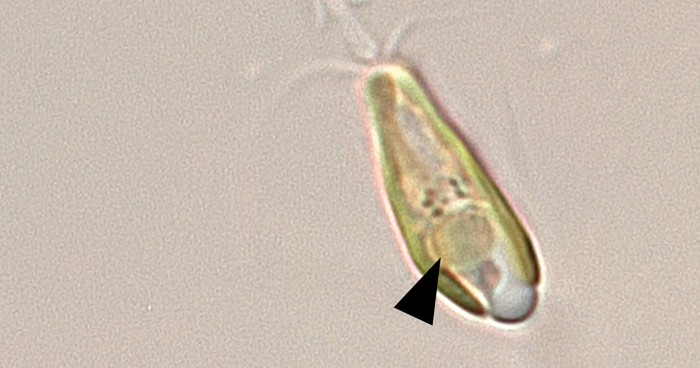Advertisement
Grab your lab coat. Let's get started
Welcome!
Welcome!
Create an account below to get 6 C&EN articles per month, receive newsletters and more - all free.
It seems this is your first time logging in online. Please enter the following information to continue.
As an ACS member you automatically get access to this site. All we need is few more details to create your reading experience.
Not you? Sign in with a different account.
Not you? Sign in with a different account.
ERROR 1
ERROR 1
ERROR 2
ERROR 2
ERROR 2
ERROR 2
ERROR 2
Password and Confirm password must match.
If you have an ACS member number, please enter it here so we can link this account to your membership. (optional)
ERROR 2
ACS values your privacy. By submitting your information, you are gaining access to C&EN and subscribing to our weekly newsletter. We use the information you provide to make your reading experience better, and we will never sell your data to third party members.
Proteomics
Structure search suggests roles for thousands of viral proteins
Researchers probe how viruses interfere with host signaling
by Laurel Oldach
August 28, 2024

Over the millennia, viruses have become excellent manipulators of biology. But there’s a lot that scientists don’t know about how viruses work, in part because they have relatively little insight into how viral proteins operate. In a new study, scientists in Jennifer Doudna’s group at the Innovative Genomics Institute introduce a database of predicted structures of viral proteins,and use it to find the functions of previously mysterious proteins (Nature 2024, DOI: 10.1038/s41586-024-07809-y).
Researchers often learn something about the function of an unknown protein from what they know about related proteins with similar sequences. But the sequences of tens of thousands of viral proteins show little or no similarity to known proteins. Scientists have found that disparate sequences can sometimes fold into unexpectedly similar 3D structures. When it comes to probing distant relationships, “structures have the advantage over amino acids that they are conserved for much, much longer,” says Martin Steinegger, a computational biologist at Seoul National University who developed a tool for structure homology searching.
Doudna lab postdoctoral researcher Jason Nomburg launched a study of the unannotated viral proteome by computationally predicting the structures of roughly 70,000 proteins from viruses that infect eukaryotic cells. He and colleagues then organized proteins into related clusters based on structural similarity. Some of these clusters included many proteins from distantly related viruses; others contained just single, enigmatic proteins. Some appeared to mimic host proteins. Developing more structural insight let the researchers infer the function of many more viral proteins than they could have guessed from sequences alone.
One cluster that the team investigated further appeared to share a shape with phosphodiesterases—enzymes that break bonds between nucleic acids—from viruses that infect bacteria. When host cells recognize a molecule that implies that a virus might be present, they produce nucleotides with unusual linkages, such as cGAMP. Those messages touch off STING (stimulator of interferon genes) signaling, a pathway that can activate an immune response and that has attracted interest from drug developers. Viruses that can disrupt the pathway may be better able to escape a cell’s notice.
Nomburg and colleagues demonstrated biochemically that the cluster of viral phosphodiesterase-like proteins can break down the nucleotide message molecules. The structure “seems to have been adapted in different ways to target different substrates,” Nomburg says: viruses with a DNA genome use it to break down cGAMP, a cyclic nucleotide from the DNA-sensing STING pathway, while RNA viruses use it to cleave a linear nucleotide from an RNA-sensing pathway. Though virologists had previously observed viral interference with STING signaling, they had not seen so many viral families using a similar protein.
Steinegger says the database will be a useful resource for virologists. According to computational biologist Pedro Beltrao at Swiss Federal Institute of Technology (ETH), Zurich, that usefulness might extend both to virologists interested in specific viruses and to biologists looking to understand more about the dynamics of evolution. But he adds that some caution is warranted until follow-up studies can confirm a protein’s role. Predicted structures have the risk of being inaccurate, and it is possible for proteins to adopt a similar shape without a shared function or evolutionary history.




Join the conversation
Contact the reporter
Submit a Letter to the Editor for publication
Engage with us on Twitter